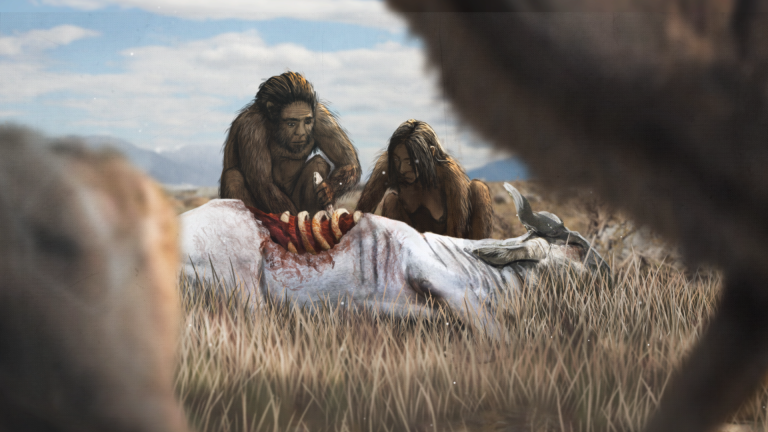Back to Show
Eons
How Ancient Microbes Rode Bug Bits Out to Sea
Season 6
Episode 11
Between 535 and 520 million years ago, a new kind of biological litter began collecting in the ancient oceans of the Cambrian period. Exoskeletons helped early arthropods expand in huge numbers throughout the world’s oceans. And tiny exoskeleton fragments may have allowed some of the most important microbes in the planet’s history to set sail out into the open ocean and change the world forever.
Sign up now for inspiring and thought-provoking media delivered straight to your inbox.
Support Provided By

7:05
Untangling the origins of Beelzebufo -- the giant frog that lived alongside the dinosaurs.

10:43
To try to solve the puzzle of Lark Quarry, experts have turned to paleoichnology.

7:42
A story that spans almost 20 million years.

9:20
How were they able to survive in this harsh environment?

9:24
This period was anything but boring.

7:23
These animals truly ruled the Earth, becoming both abundant and diverse.

10:44
The key to solving the puzzle of Precambrian life was a tiny bit of fossilized fat.

9:11
The two viruses that we’ve had for millions of years.

9:31
The arrival of plants on land would eventually help cause a massive extinction event.

8:27
Cerro Ballena has over 40 skeletons of marine mammals from the Late Miocene Epoch.

7:59
Part of a secret to our success as a species has been our early experimentation with food.

11:09
Some rocks below the Great Unconformity are 1.2 billion years older than those above it.











